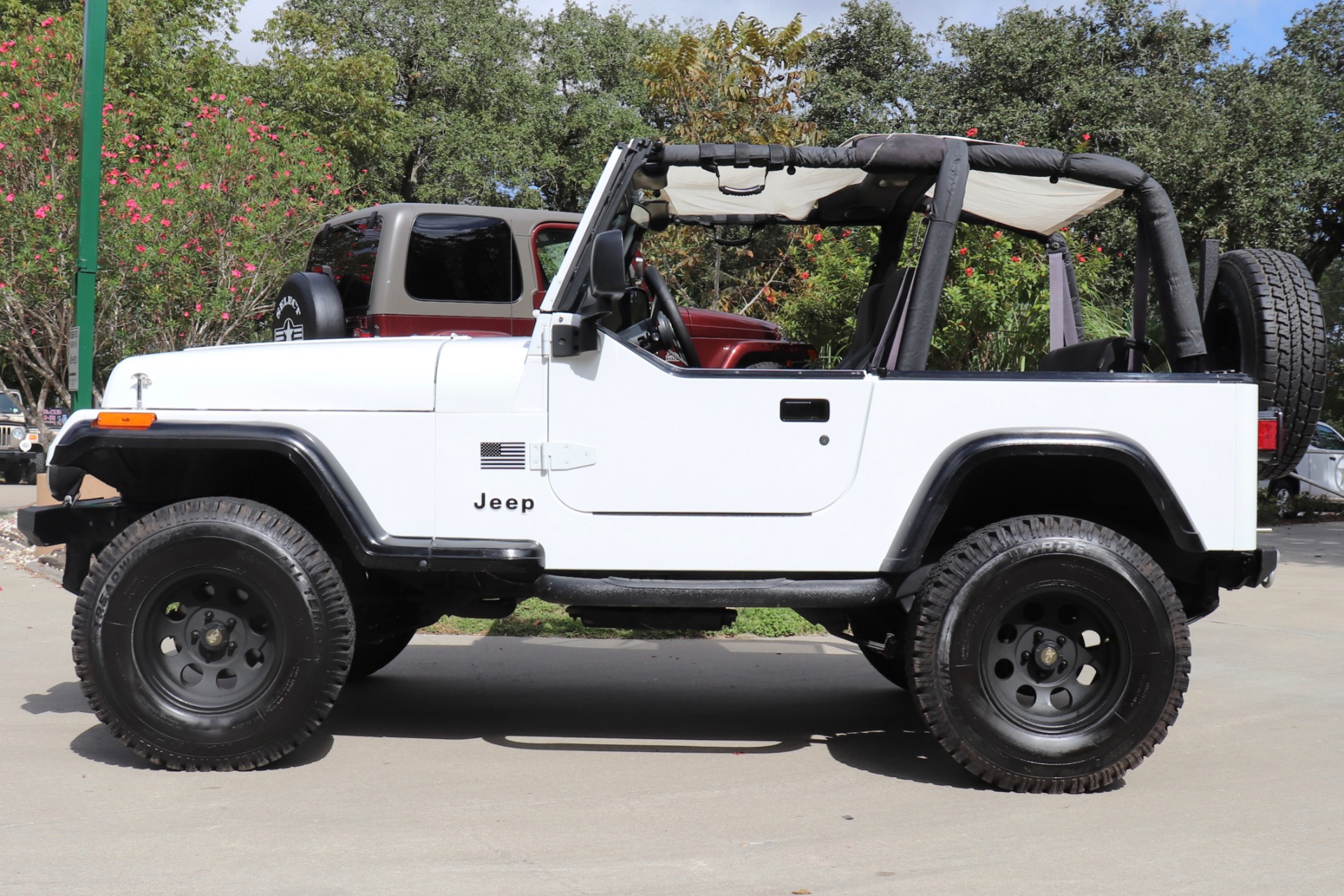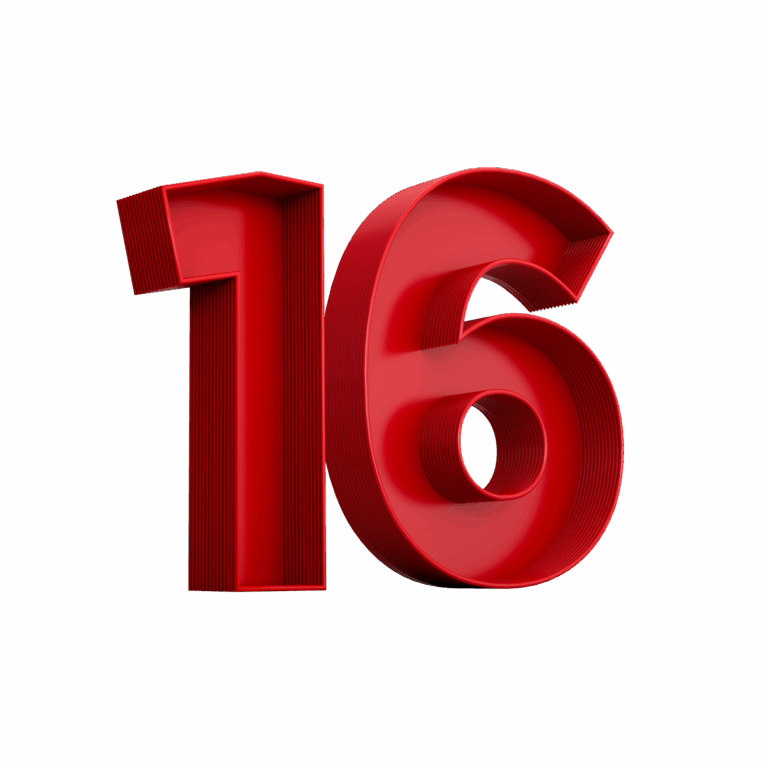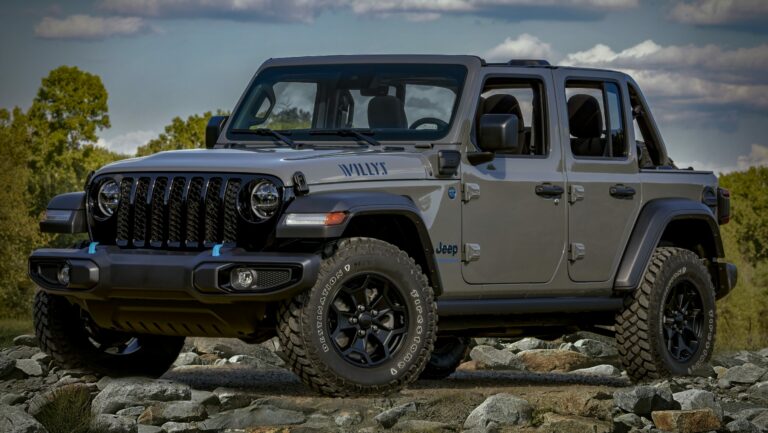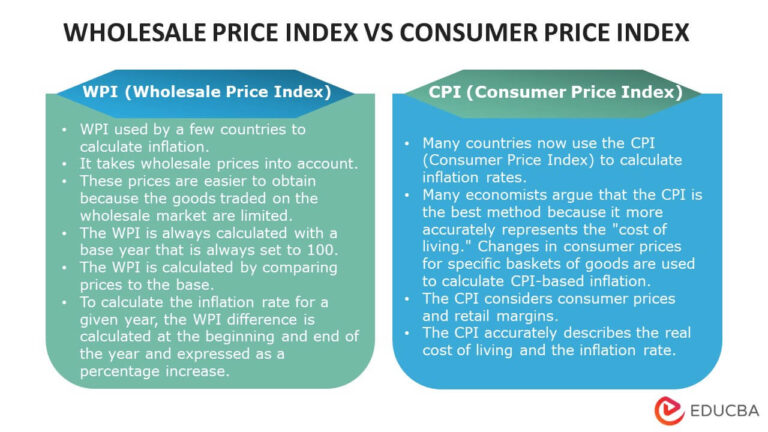Used 1995 Jeep Wrangler For Sale: Your Guide to Owning an Off-Road Icon
Used 1995 Jeep Wrangler For Sale: Your Guide to Owning an Off-Road Icon jeeps.truckstrend.com
The allure of a classic Jeep Wrangler is undeniable, and among the most sought-after models for enthusiasts and first-time buyers alike is the 1995 Jeep Wrangler. Representing the final year of the YJ generation, this rugged, no-frills vehicle embodies the true spirit of Jeep: go-anywhere capability, open-air freedom, and legendary customizability. For those in the market for a pre-owned 4×4 that offers both nostalgic charm and practical off-road prowess without breaking the bank, a used 1995 Jeep Wrangler for sale presents an incredibly compelling option.
This comprehensive guide will delve into everything you need to know about purchasing a used 1995 Jeep Wrangler. From understanding its unique characteristics and inherent benefits to navigating the inspection process, identifying common challenges, and setting realistic expectations, we aim to equip you with the knowledge necessary to make an informed and satisfying purchase.
Used 1995 Jeep Wrangler For Sale: Your Guide to Owning an Off-Road Icon
Understanding the 1995 Jeep Wrangler (YJ Generation)
The YJ series, produced from 1987 to 1995, marked a significant evolution for the Wrangler. While it retained the iconic removable doors, fold-down windshield, and optional soft top/hard top, it introduced a wider stance, improved suspension, and, most famously, rectangular headlights – a controversial design choice at the time that now serves as a defining characteristic for YJ purists. The 1995 model year specifically benefits from being the culmination of YJ production, often featuring minor refinements and improvements from earlier years.
Key Features of the 1995 YJ:
- Engines: Available with either a 2.5-liter AMC 150 I4 (4-cylinder) or the highly coveted 4.0-liter AMC 242 I6 (6-cylinder). The 4.0L is renowned for its torque, reliability, and suitability for both daily driving and off-road applications.
- Transmissions: Typically paired with a 5-speed manual (AX-5 for 2.5L, AX-15 for 4.0L) or a 3-speed automatic (30RH for 2.5L, 32RH for 4.0L).
- Suspension: Distinguished by its leaf spring suspension system on all four corners, offering durability and relative simplicity for modifications.
- Axles: Generally equipped with a Dana 30 front axle and either a Dana 35 or, less commonly, a more robust Dana 44 rear axle (found in some Sahara or optional packages).
- Full Doors: Many 1995 models came standard with full steel doors, offering better weather protection and security than earlier half-door versions.
- Sport Bar: A more integrated sport bar design compared to earlier CJs.

Why Buy a Used 1995 Jeep Wrangler? Benefits and Appeal
Opting for a 1995 Jeep Wrangler for sale comes with a host of advantages that appeal to a wide range of buyers:

- Affordability: Compared to newer Wrangler generations (TJ, JK, JL), the YJ offers a significantly lower entry price point, making Jeep ownership accessible to more enthusiasts.
- Simplicity and Maintainability: With fewer complex electronics and sensors than modern vehicles, YJs are generally easier and less expensive to diagnose and repair. Many repairs can be done by a DIY mechanic.
- Legendary Off-Road Capability: Despite its age, a stock 1995 YJ is incredibly capable off-road. Its relatively short wheelbase, solid axles, and robust 4WD system make it a formidable trail machine.
- Unmatched Customization Potential: The aftermarket support for YJs is vast, allowing owners to personalize their Jeeps with everything from lift kits and larger tires to engine swaps and custom interiors. It’s a true blank canvas for modification.
- Classic Appeal and Character: The square headlights and distinct YJ styling give it a unique, classic look that stands out. It embodies a raw, unrefined character that many modern vehicles lack.
- Depreciation Stability: Having already gone through most of its depreciation cycle, a well-maintained YJ tends to hold its value relatively well, especially if kept in good condition or tastefully modified.
- Open-Air Freedom: The removable soft top, hard top, and doors, along with the fold-down windshield, offer an unparalleled open-air driving experience that defines the Wrangler spirit.

What to Look For When Buying: A Detailed Inspection Guide
When considering a used 1995 Jeep Wrangler for sale, a thorough inspection is paramount. These vehicles are nearly 30 years old, and their condition can vary wildly.
-
Rust (The Ultimate Enemy): This is the single most critical factor.
- Frame: Inspect the frame rails meticulously, especially near the skid plate, control arm mounts, spring perches, and rear bumper. Look for perforations, severe scaling, or patches that might hide underlying issues.
- Body Tub: Check the floor pans (under the carpet), rocker panels, wheel wells, and behind the front fenders. Pay attention to drain plugs and areas where water can collect.
- Under the Hood: Look for rust on the inner fenders, battery tray, and firewall.
- Signs of Repair: Be wary of excessive undercoating or fresh paint in suspicious areas that might be masking rust.
-
Engine Condition:
- 4.0L I6: Listen for knocking, ticking, or excessive smoke from the exhaust. Check for common leaks (rear main seal, oil filter adapter). Ensure it starts easily and idles smoothly.
- 2.5L I4: Similar checks for leaks and unusual noises. It will feel less powerful than the 4.0L.
- Fluid Levels: Check oil, coolant, brake fluid, and power steering fluid. Look for milky oil (head gasket) or sludge.
-
Transmission and Transfer Case:
- Manual: Test all gears for smooth engagement and no grinding. Check clutch pedal feel.
- Automatic: Shifts should be firm but smooth, no slipping.
- Transfer Case (NP231/NP207): Engage 4-high and 4-low. Drive a short distance (on a loose surface if possible) to ensure the 4WD engages and disengages smoothly. Listen for clunking or grinding.
-
Suspension and Steering:
- Leaf Springs: Check for sagging, broken leaves, or excessive rust on shackles and hangers.
- Shocks: Look for leaks or excessive bouncing.
- Bushings: Inspect all rubber bushings (shackles, control arms, sway bar) for cracks or deterioration.
- Steering: Check for excessive play in the steering wheel. Inspect tie rods, drag link, and ball joints for looseness.
- "Death Wobble" (Less Common on YJ): While more associated with TJs, inspect the front end components. Test drive to ensure no violent shaking at speed.
-
Brakes:
- Check for firm pedal feel. Listen for squealing or grinding. Inspect rotors/drums and pad/shoe thickness.
-
Electrical System:
- Test all lights (headlights, taillights, turn signals, brake lights), gauges, wipers, horn, heater/AC (if equipped), and radio.
-
Interior and Exterior:
- Seats and Carpet: Check for tears, stains, and especially signs of water damage or mildew under the carpet (indicates leaks or prolonged exposure to elements).
- Soft Top/Hard Top: Inspect for rips, tears, clear window clarity, and proper sealing. Hard tops should be free of major cracks.
- Doors: Check for proper alignment and function.
- Tires: Inspect tread depth and even wear. Look for dry rot.
-
Modifications:
- Be cautious of heavily modified Jeeps, especially those with poorly installed lift kits or powertrain alterations. Ask for documentation or receipts for any major work. Prefer well-known brands and professional installation.
-
Documentation:
- Ask for a clean title and any available maintenance records. A vehicle history report (CarFax/AutoCheck) can provide valuable insights into accidents, mileage discrepancies, and past ownership.
-
Pre-Purchase Inspection (PPI):
- If you’re serious, invest in a PPI by a trusted independent mechanic specializing in 4x4s or older vehicles. They can spot issues you might miss.
Common Challenges and Solutions
Owning a vintage Jeep comes with its own set of considerations:
- Rust: The biggest challenge. Solutions include diligent inspection, rust prevention (undercoating, regular washing), and professional repair (welding, patch panels) if caught early.
- Age-Related Wear: Components like bushings, hoses, belts, and seals will eventually need replacement. Solution: Factor these into your budget and consider preventative maintenance.
- Fuel Economy: YJs are not fuel-efficient vehicles. The 4.0L offers better power but similar or worse MPG than the 2.5L. Solution: Accept it as part of the experience, or consider the 2.5L if city driving is primary.
- On-Road Comfort: The leaf spring suspension and basic interior mean a firm, sometimes bouncy ride and higher road noise. Solution: Upgraded shocks and seats can improve comfort, but it will never ride like a modern SUV. Embrace its rugged nature.
- Parts Availability: While many parts are readily available due to strong aftermarket support, some specific YJ components might require more searching than for newer generations. Solution: Utilize online Jeep forums, specialized retailers, and salvage yards.
Tips for a Successful Purchase
- Set a Realistic Budget: Beyond the purchase price, budget for immediate maintenance, potential repairs, and possibly insurance.
- Be Patient: Don’t rush into a purchase. There are many YJs out there, and finding the right one takes time.
- Don’t Be Afraid to Walk Away: If a deal feels off or the vehicle has too many red flags, move on.
- Negotiate: Always negotiate the price. Use any identified flaws as leverage.
- Test Drive Thoroughly: Drive at various speeds, on different road surfaces, and engage 4WD. Listen for unusual noises, feel for vibrations or pulling.
- Bring a Friend: An extra set of eyes and ears, especially someone knowledgeable about Jeeps, can be invaluable.
Used 1995 Jeep Wrangler For Sale: Estimated Price Guide
The price of a used 1995 Jeep Wrangler can vary significantly based on several factors, including condition, mileage, engine type, modifications, and geographical location (rust-free states command higher prices). The table below provides a general estimated range.
| Condition | Description | Estimated Price Range (USD) | Key Factors Influencing Price |
| Excellent (Stock) | – Very well-maintained, minimal rust (if any)




